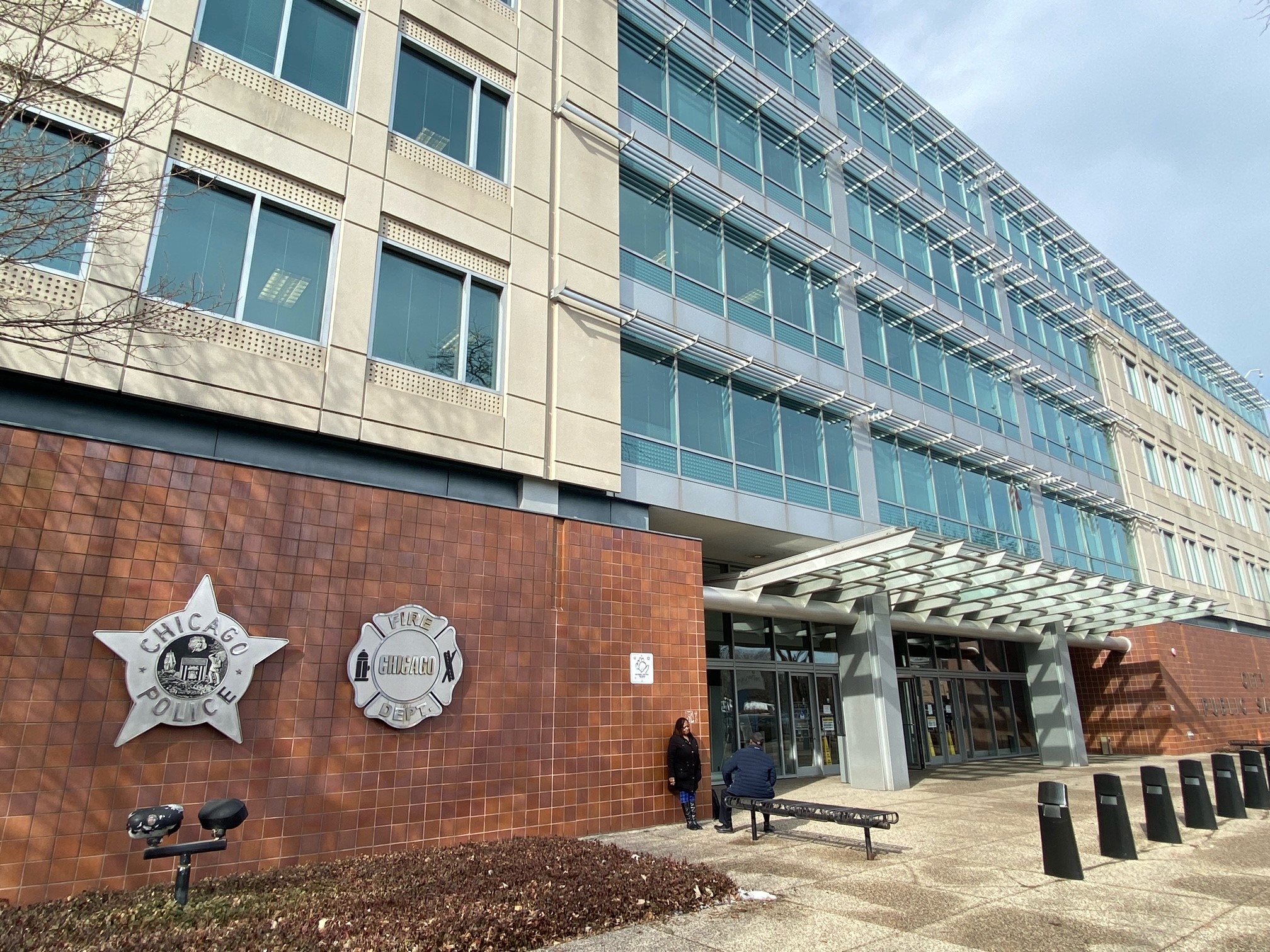Michelle Duster is a woman on a mission. And it runs in her family.
In Duster’s case, that mission involves a campaign to erect a memorial to her great-grandmother--- journalist and civil rights crusader Ida B. Wells, whose own missions included a successful campaign to expose the horrors of lynching in 19th century America.
“She was willing to speak out about injustice, even though it was dangerous for her to do so,” Duster notes. “She so strongly believed in the idea that African Americans should be, deserved to be, and needed to be considered to be equal citizens in this country, and she fought her whole life for that reality.”
There is irony in the story. The public housing projects that bore her name here in Chicago, the Ida B. Wells Homes, have been revealed as a site where dozens of African Americans were allegedly framed by rogue police officers under the supervision of a commander who would eventually do time in federal prison. And Wells’ journalism career had been based on exposing lynchings and false accusations levied against African American men in the south.
Born a slave in Holly Springs, Mississippi in 1862, Wells suffered the loss of both parents and a sibling to yellow fever when she was just 16 years old. She then found herself in the role of parent to her remaining brothers and sisters.
“She didn’t have any money,” Duster notes. “She didn’t have any political power or anything. Women didn’t even have the right to vote at that point.”
After attending college in Nashville, Wells embarked on a career as a journalist, launching an editorial campaign against lynching after three friends were killed by a mob in Memphis in 1892.
Local
“Her position in society was one of not having the same level of power as the people who were perpetrating these kind of crimes,” Duster said. “The only tool she had was facts.”
But Wells put those facts to good use, traveling the south, researching and documenting dozens of lynchings and exposing the circumstances in which black men (and sometimes women) were killed by mobs, often before hundreds of spectators.
“She was brave,” Duster says. “But I think part of her felt like it was out of necessity.”
In 1895, Wells published a booklet called The Red Record, exposing the alarming number of lynchings in post-Civil War America. She noted that since slavery, “ten thousands Negroes have been killed in cold blood, without formality of judicial trial and legal execution.”
After moving to Chicago, Duster and her husband Ferdinand Barnett raised four children. From 1919 to 1930, they lived in a brownstone which still stands at 3624 S. King Drive.
Duster, an author, speaker, and adjunct professor at Columbia College Chicago, has raised about a third of the $300,000 estimated cost of a monument envisioned to Wells, to be erected near the corner of 37th and Langley. It was the site of what was the sprawling Ida B. Wells public housing project, where the last buildings were demolished seven years ago. The monument’s backers have enlisted famed Chicago sculptor Richard Hunt.
“I think Chicago should feel an enormous sense of pride, to be called home for somebody who made such a huge impact on our country,” Duster says. “Somebody who was born a slave---I mean they were born property! Somebody owned her when she was born. Just think about that!”
After her years in journalism, Wells made an unsuccessful run for the Illinois State Senate, was credited with creating the first African-American kindergarten in Chicago and was a co-founder of the organization which would eventually become the NAACP. She died in 1931 at the age of 68, and is buried in Oak Woods Cemetery on Chicago’s south side.



